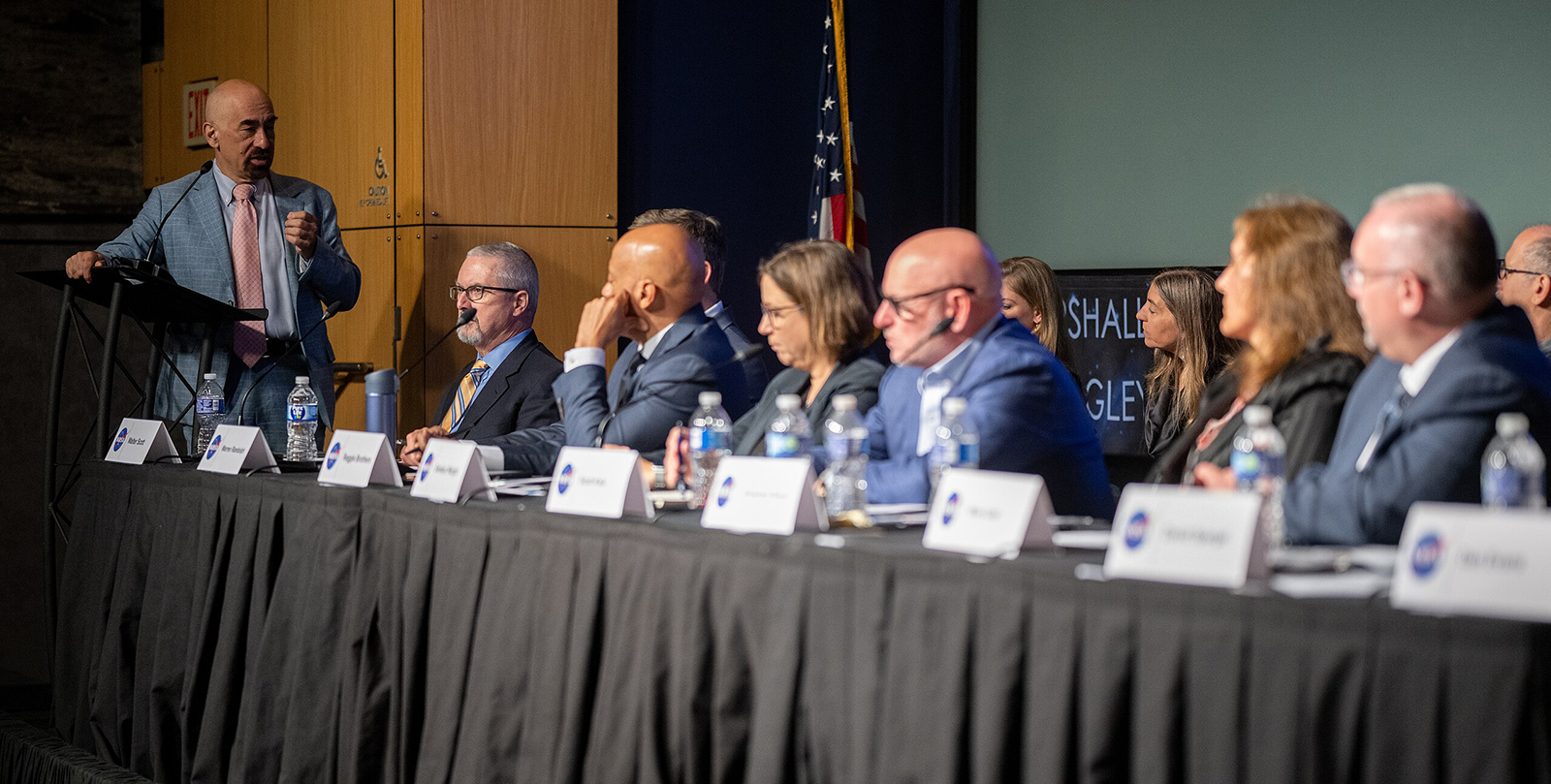Stay Up to Date
Submit your email address to receive the latest industry and Aerospace America news.
The Unidentified Anomalous Phenomena Integration and Outreach Committee seeks to improve aviation safety by enhancing scientific knowledge of, and mitigating barriers to, the study of UAP.
In recent years, the U.S. Defense Department, NASA and Congress, among other government agencies, have officially stated that unidentified anomalous phenomena, UAP, represent a safety of flight issue and may pose a challenge to U.S. national security. This year, there was a dramatic increase in efforts and actions by the U.S. government, academia and the private sector to address UAP as an aerospace safety concern.
In January, the U.S. Office of the Director of National Intelligence released the report, “2022 Annual Report on Unidentified Aerial Phenomena.” It documented a large increase in the number of reported UAP incidents since the previous year — 144 to 510. This increase could be a sign of increased UAP activity, an increase in reporting and data collection efforts, a reduction in the topic’s stigma or some combination of these factors. The report concludes that “UAP continue to represent a hazard to flight safety and pose a possible adversary collection threat.”
The 2023 National Defense Authorization Act, or NDAA, that President Joe Biden signed into law in December 2022 further strengthened mandates on the Defense Department, including the establishment of new requirements to develop procedures to synchronize and standardize the collection, reporting and analysis of UAP incidents; to conduct scientific, technological and operational analyses of UAP data; and to supervise the development and execution of a science plan to develop and test, as practicable, scientific theories regarding UAP. In July, the National Security, the Border, and Foreign Affairs subcommittee of the House Committee on Oversight and Accountability held a hearing on UAP sightings and their implications on national security. Three witnesses — including committee chair Ryan Graves, a former U.S. Navy pilot who has reported UAP encounters — discussed the continuing stigma that they believe prevents pilots from reporting UAPs and the lack of follow-up or concern by their superiors. In August, Rep. Tim Burchett, R-Tenn., formed the bipartisan UAP Caucus. Burchett and other caucus members have called for the creation of a selection committee on UAP and asked House leadership to hold classified hearings on the topic.
Also in July, the U.S. Senate passed its version of the 2024 NDAA, containing multiple, far-reaching provisions related to UAP. Among them was an amendment put forward by Senate Majority Leader Chuck Schumer, D-N.Y., and Sen. Mike Rounds, R-S.D., the “UAP Disclosure Act of 2023,” which requires the public release of all U.S. government records related to UAP, pending a review by a selected panel. This pending legislation may enable the analysis of previously unattainable sensor data by the various civilian scientific efforts existing today. As of November, the House of Representatives had yet to pass its version of the NDAA.
In September, NASA’s UAP Independent Study Team, UAPIST, held a press briefing and released a report that acknowledged the aviation safety risk that UAP represent and the need for scientific study. The report concluded with a recommendation “that NASA play a prominent role in the whole-of-government effort to understand UAP by leveraging its extensive expertise to contribute to a comprehensive, evidence-based approach that is rooted in the scientific method.”
In the private sector, Graves in February formed the nonprofit Americans for Safe Aerospace to raise awareness of UAP as an aviation safety and national security issue. As of November, the organization had amassed some 8,500 members. ASA is one of a number of academic and private sector organizations studying and aiming to raise awareness of UAP, including the Galileo Project at Harvard University and Enigma Labs based in New York City.
Further illustrating the growth of civilian efforts, AIAA’s Aviation Forum in June included a technical panel session on UAP for the first time, with eight papers presented.
Stay Up to Date
Submit your email address to receive the latest industry and Aerospace America news.




